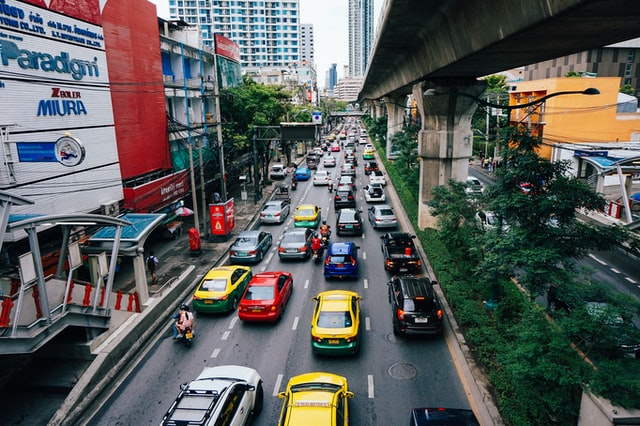- Regional growth to be led by a strong rebound in China and to hinge on early rollout of effective vaccines
- But economic activity in the region to remain below pre-pandemic trend by late 2021, reflecting lasting damage from COVID-19 shock
- Vietnam, which was able to contain the pandemic, to expand 6.7% in 2021 and 6.5% in 2022
- Regional economy slowed to an estimated 0.9% last year
Growth in the East Asia and the Pacific is projected to accelerate by 7.4% in 2021 on expectations that rollout of effective vaccines will gather pace early this year, according to a new World Bank report.
Regional growth will be led by a strong rebound in China and will hinge on the vaccines being launched by early 2021 in major economies and somewhat later in other emerging market and developing economies.
“Nevertheless, economic activity in the region is expected to remain below pre-pandemic trend by late 2021, reflecting lasting damage from the COVID-19 shock. Investment and productivity are expected to remain depressed and uncertainty is likely to remain elevated,” said the January 2021 edition of Global Economic Prospects, the flagship report of the World Bank.
The East Asia and Pacific regional economy slowed to an estimated 0.9% last year. The severity of the COVID-19 pandemic shock was uneven, however.
In China and Vietnam, which effectively controlled the spread of the virus, GDP is estimated to have expanded by 2% and 2.8%, respectively. Activity has been supported by a resumption of production and exports, with additional boosts from stimulus-fueled public investment.
The rest of the region suffered significant output losses. The economies that suffered the worst declines were those with extended periods of lockdown combined with large domestic outbreaks (the Philippines) or domestic policy uncertainty (Malaysia, Thailand, Timor-Leste), and those with a heavy reliance on tourism and travel (Fiji, Thailand, Palau, Vanuatu).
Restrictions on economic activity to stem the pandemic have largely eased across the region and goods exports have started to recover. Although the spread of the pandemic appears to have slowed in much of East Asia and Pacific, new infections remain high in Indonesia and the Philippines and have increased recently in Malaysia and Myanmar.
Growth in China is projected to climb to 7.9% in 2021, reflecting the release of pent-up demand and a quicker-than-expected resumption of production and exports.
In the rest of the region, growth is anticipated to be more protracted and output is expected to remain 7.5% below pre-pandemic projections by 2022, albeit with significant cross-country differences.
In the ASEAN region in particular, Vietnam, which was able to contain the pandemic with modest human and economic costs, is projected to see an economic expansion of 6.7% in 2021 and 6.5% in 2022.
Forecasts for the other Southeast Asian nations are as follows:
- Malaysia to grow 6.7% in 2021 before declining to 4.8% growth in 2022
- Philippines – 5.9% in 2021; 6% in 2022
- Lao PDR – 4.9% in 2021; 4.8% in 2022
- Indonesia – 4.4% in 2021; 4.8% in 2022
- Cambodia – 4% in 2021; 5.2% in 2022
- Thailand – 4% in 2021; 4.7% in 2022
- Myanmar – 2% in 2021; 8% in 2022
The Pacific Island countries’ economies, which were devastated by the collapse in global tourism and travel and where the recovery is expected to be more protracted, are anticipated to grow well below pre-pandemic rates this year.
The region’s recovery is expected to be fragile, and the materialization of a number of downside risks could derail the projected recovery.
“A downside scenario in which vaccine rollout is delayed and the global recovery is weaker could hold regional growth to 5.4% in 2021,” said the report.
Risks to the outlook are tilted to the downside. The pandemic could last longer than expected, the long-term damage from last year’s recessions could be deeper than anticipated, balance sheet stress could intensify, or the contraction in global trade could be sharper or longer lasting than envisioned.
More countries in the region could also experience difficulties with procurement and distribution of the vaccine than currently anticipated.
In addition, most countries are expected to face substantial deteriorations in fiscal positions and elevated debt. Elevated debt levels may weigh on activity if deleveraging pressures prompt authorities to tighten policy prematurely.
On the upside, the rapid deployment of an effective vaccine could trigger a stronger-than-expected rebound in major economies and in global demand.
Photo by Connor Williams on Unsplash









